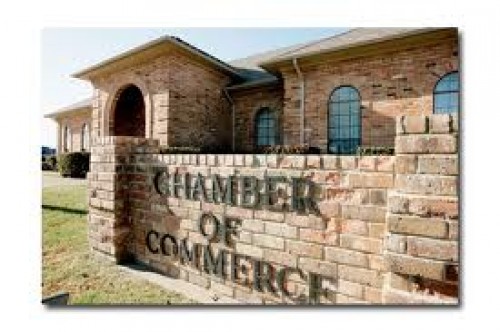How to Set Up a Chamber Of Commerce

Local businesses with common interest of trade promotion can set up a chamber of commerce to work for the welfare of their community, serve as an business ambassador of the country and recommend the government how it can improve trade relations with different countries while removing bottlenecks and impediments in quick process of exports and imports. The body has a particular role in contributing towards decision and policy making about trade in a country at the time of annual budget or announcing of trade policies.
Some chambers even work as a consultant to government, as their knowledge of foreign markets and emergence of opportunities to improve trade relations with different countries is better that the government functionaries.
Setting up a chamber sounds easy but it requires a lot of preparation i.e. formulation of bylaws, electing the governing body and selection of the management. It is a hectic and time consuming effort, especially if all the work is being done by volunteers. The process can a bit easier if services of a professional lawyer or consultant are hired. Nevertheless, it takes a lot of homework, documentation and policy making to start a chamber of commerce locally.
Instructions
-
1
Identification of Office
Identification of meeting and conference place, while establishing an office for regular operations can be the step to start with establishing a chamber of commerce locally. It is a right way as people interested can hold their regular meetings at the place to set the tone of the entire work straight. -
2
Basic Agreement
A basic agreement, even if it is not documented initially, is necessary among the businessmen who are interested to set up a chamber of commerce locally. They can elaborate on each single step. discuss it and agree or disagree before implementation. -
3
Basic Admin Infrastructure
Since it requires documenting of all the steps to be taken with presentation of idea of the chamber to each measures for setting up a chamber, a basic admin infrastructure should be established before moving further. -
4
Identify Initial Leaders
There is no as such requirement how many members should be at the time of discussing the idea of establishing a chamber of commerce locally, but they should pick the leaders who will lead the entire process of setting up of a chamber until a formal body is elected. -
5
Mission Statement
All members should agree to a mission statement of the chamber of commerce during the initial few meetings, as it will be essential that the chamber starts working with a mission from very beginning. -
6
Membership Expansion Plan
A policy about membership expansion should be formulated as a first practical step towards establishing a local chamber of commerce. This will help quickly increase member strength of the chamber and pave the way for broadening its work horizon. -
7
Financial Strategy
As running a chamber will need money, the members should be able to decide during the initial few meetings how they are going to arrange regular finances to manage the chamber's expenses. There can be membership fee, volunteer contributions or donations from different public and private sectors agencies. -
8
Marketing and PR Strategy
The chamber should also have a proper media and PR department. This will help promote mission of the chamber and increase awareness among members and business community about growing trade expansion trends. -
9
Research Department
Having a research department in a chamber of commerce helps to keep the business community update about the latest or real-time data and figures on the trade. The department can also look for internationally floated exports and imports tenders and inform their members accordingly.







